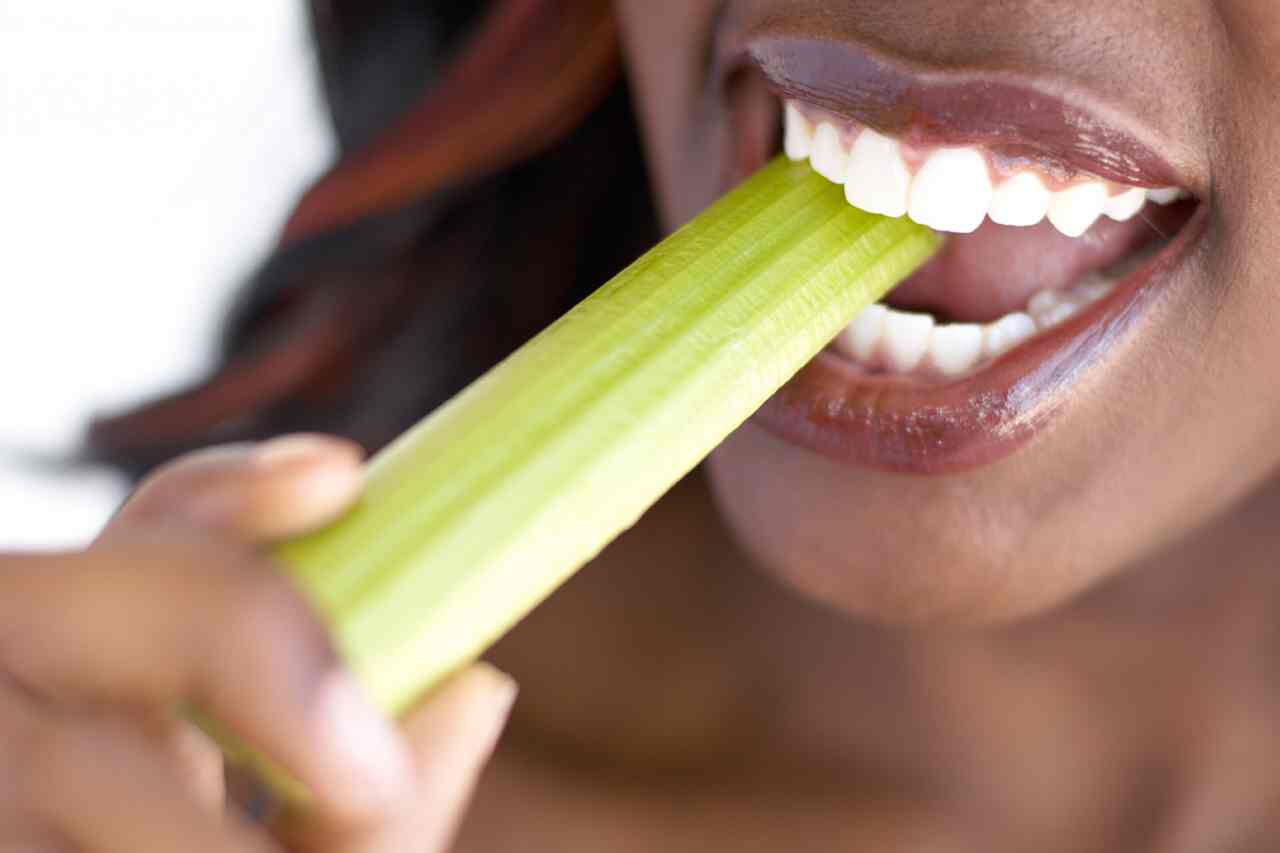Celery makes me completely satisfied. It is a cheerful but understated shade of inexperienced. It is easy to pack in a lunchbox. And it has a satisfying crispness to each chunk. What’s to not love? Truly, there’s one factor. The inevitability that at any time when I snack on celery, somebody close by chimes in with two little phrases: destructive energy.
I’ve by no means given a lot thought to the concept that consuming celery was akin to a exercise, however the "destructive calorie" chorus is actually a preferred one. So, is there actually such a factor as a negative-calorie meals? The idea hinges on the concept that you burn extra energy to eat and digest a meals than the meals really has. The negative-calorie idea maintains, for instance, that in the event you eat 10 energy of celery however burn 20 energy whereas doing so, you’ve got entered into the negative-calorie zone [sources: Moskovitz].
The reality is, all meals include energy, and as you ingest these energy you will rev up your physique’s metabolic course of. Some meals, like celery, watercress, cucumbers, mushrooms and sprouts, occur to be fairly low in energy. That is the place the thermic impact of meals comes into play — it is the rise in metabolic price that happens after you eat. However the concept that it may well play a job in sustaining or shedding weight hasn’t been nicely researched.
5 to 10 % of the energy you burn each day are spent digesting meals. Theoretically, it could possibly be potential to eat solely extraordinarily low-calorie meals after which depend on the thermic impact to make use of up a lot of the energy you ingest, however this excessive food plan would seemingly have a destructive impact in your well being over the long run [source: Hensrud]. The truth is that you just expend about 11 energy per hour chewing, and some extra energy digesting meals and storing vitamins. Usually, it takes extra energy to digest protein and carbohydrates than it does fats, however, even then, the distinction does not quantity to many energy.
Bear in mind the celery situation? To illustrate you spend an hour consuming 225 energy value of celery (about 30 stalks). An hour of chewing would burn 11 energy, and it might require as much as 20 further energy to digest the celery. Subtract the quantity of energy you expended from the energy you ingested, and it does not take lengthy to understand that what’s left over (194) does not precisely put you within the negative-calorie zone [source: Produce for Better Health Foundation].







